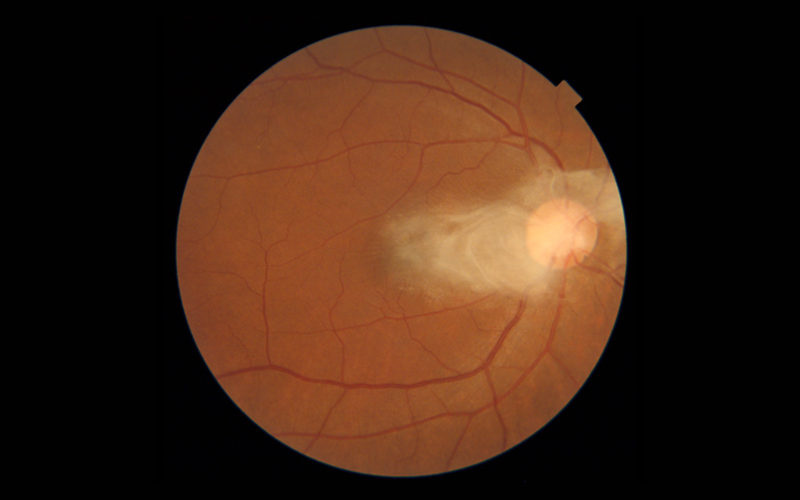
15 May Epi-Retinal Membrane (ERM)
Epi-Retinal Membrane (ERM) is a thin layer that can develop on the central part of the retina. Over a period of time it may grow and lead to wrinkles, creases or bulges on the macula causing the central vision to be affected. Things look wavy and distorted and there could be a gray patch or a cloudy area in the centre.
As one gets older, the jelly of the eye (called the vitreous) begins to shrink and pull away from the retina. Sometimes this forms a scar tissue, causing the retina and macula to wrinkle or bulge.
Aging is the most common risk factor for ERM. People who have other eye problems may also get an ERM. These problems include:
- Vitreous detachment
- Torn or detached retina
- Swelling inside the eye
- Serious damage to the eye (from surgery or injury)
- Problems with blood vessels in the retina
An OCT scan is done to obtain very detailed pictures of the macula. If the scan findings and the symptoms are mild, one might not need any treatment. If the scan shows sufficient damage, then a surgery called vitrectomy is advised.
During the surgery, the vitreous and the scar tissue (ERM) on the macula is removed. This flattens the macula, returning it to its proper position. It is likely the vision will slowly improve. However, the sight may not be as good as it was before macular pucker.
Like any surgery, this surgery also has some risks although extremely rare. They include eye infection, bleeding in the eye, detachment of the retina, increase in eye pressure and cataract.



Sorry, the comment form is closed at this time.